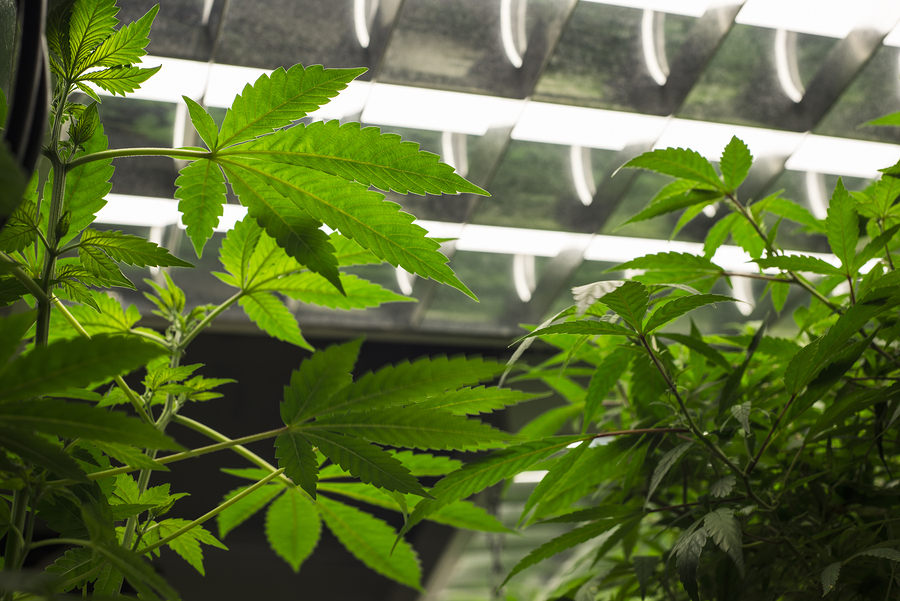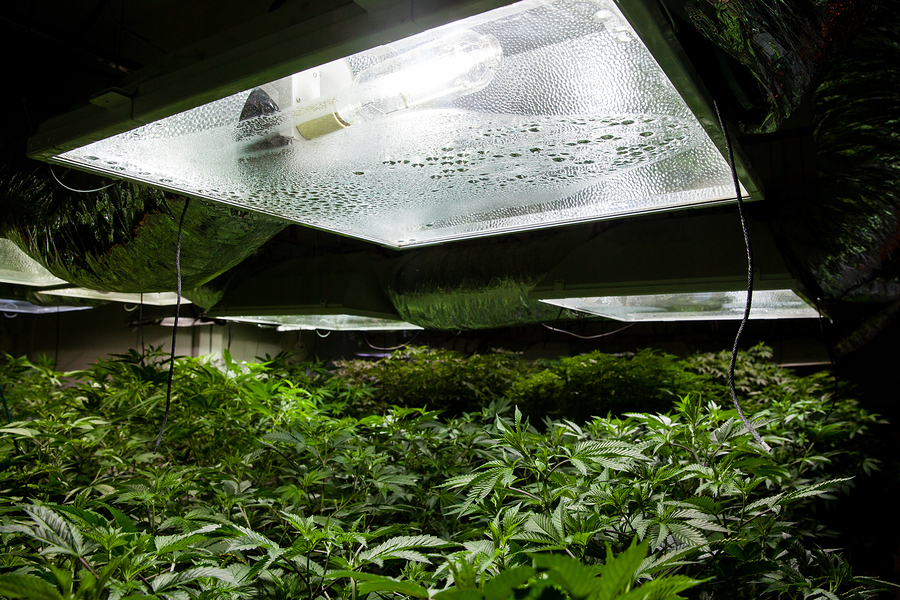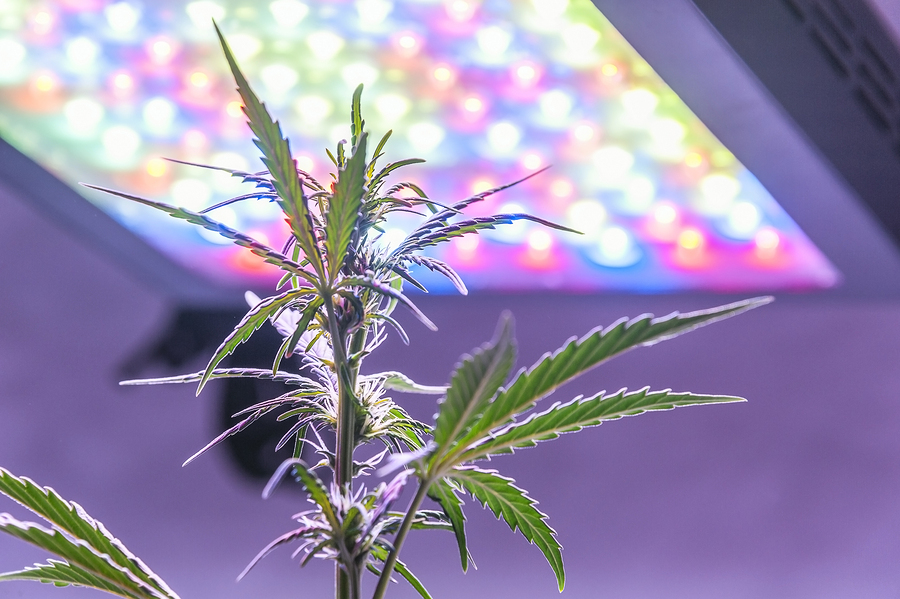Which Growing Lights Are Better for Indoor Weed Plants?

Bringing the light indoors? Easier said than done! Home growers have argued for years which growing lights are better for your indoor weed plants. Sooner or later, you must make a choice.
You should start where it matters. It’s about size. What you need for raising three plants in your kitchen window and what you need for a total crop in your garage, there’s a big difference in what you need.
Bearing that in mind, here are some of the pros and cons of the most commonly used grow lights.
What the weed wants you to know.
It’s simple: more light equals more growth. Photosynthesis converts light to plant growth. So, the quality of the light affects their health. As Colorado Pot Guide says, “Cannabis cultivation has specific light requirements. It is not enough to shine a bright light on the plant and be done with it.”
- Without sufficient light, plants stretch tall and leafless to find it. At the same time, powerful light will shrivel the plants. So, you need to balance and distribute the intensity.
- Plants do not need or expect sunlight all day and all night. They prefer a circadian rhythm with some darkness, resting and growing after producing flowers during the day. So, you want some balance in the light’s duration.
- Each color in the light spectrum triggers different effect. The bluer colors “cool” to prompt vegetation; the redder colors “warm” to produce flowering. And, trying to please every plant with its preferred spectrum can complicate things.
Photosynthesis splits oxygen from hydrogen and produces glucose that fuels plant growth. But, light also heats and dries the environment. Cannabis plants like heavy lighting, but that means you must adjust for air temperature, humidity, and carbon dioxide level.
Ilovegrowingmarijuana.com suggests, “you want a minimum of 30,000 lm [lumens] per 10 square feet in your grow room. With the proper balancing of the environment, you can go all the way up to 80,000 lm per 10 square feet. Don’t do this unless you are planning on devoting a lot of time, energy, and money into making sure that the environment is constantly getting the necessary tweaks.”
Fluorescent Bulbs

The long fluorescent tube has been the old school reliable and still have many benefits. They produce a low level of heat and a constant light distribution. That makes them perfect for seedlings and baby plants.
They are cheap to buy and operate and will long outlast any incandescent bulb. Of course, there’s a downside there because the low cool spectrum does not promote flowering.
Compact Fluorescent Grow Lights (CFL)
CFLs are fluorescent specifically designed for raising indoor plants. Readily available, they have become more affordable with their increasing popularity.
Unlike the fluorescent tube, the CFL fits a standard light socket. They come in varying wattages from 40W up. They also come in varying color temperatures like bright daylight, cool blues, and warm reds. With the right kind of lighting rig, you can include a variety of colors and power them in automatic sequence.
That rigging can be a problem for your small environment. So, they best suit the smallest setups where you can move or change them at will. CFLs for not produce a lot of light or heat, so you need them near the plant. That makes them good for seedlings.
Check out WeedBulbs: PowerMAX – Single Stage/Full Spectrum CFL, SunLight 125 Fluorescent Fixture with Lamp, and Vivosun Horticulture CFL Grow Light Bulb.
Metal Halide (MH) Lights
Metal halide imitates natural daylight (6000K) with a cool light that helps vegetative growth, and warmer red versions are also available.
Their long life is a plus, but the power they drain is a negative. Operation requires special lamps or ballasts, and they the rigs can be very costly.
High Pressure Sodium (HPS) Lighting

HPS lights are super for flowering stages because of their warm spectrum energy. If you want plants to flower and fruit, go HPS. Much more energy efficient than incandescent, they need some balance with a cooler spectrum or plants will grow tall, wispy, and washed out.
You might try Apollo Horticulture 400 Watt Grow Light Digital Dimmable HPS MH System, iPower 600-Watt Light Digital Dimmable HPS MH Grow Light System, or Hydrofarm 150-Watt Mini Sunburst with HPS Lamp.
Light Emitting Diodes (LED)

LEDs are superbly energy efficient with nearly no wattage loss. They provide the most light compared to operating costs. Because they produce less heat, they eliminate scorching and burning, and that low heat reduces air-conditioning expenditures. They are programmed to produce a specific spectrum color temperature and can be rigged to produce a dual spectrum simultaneously. Still, they are expensive to rig and light over fewer square foot.
LED grow lights consist of diodes on a board and are rated by lumens per watt or COBs (“Chips on Board”). In the long run, that will save you money, but the set up for any sizable crop is going to cost thousands. And, until the industry sets some standards, you risk buying poor quality.
You might shop Advanced Platinum P-Series LED Grow Lights, GalaxyHydro LED Grow Lights, or Roleadro Chip on Board (COB) LED Grow Lights.
High-Intensity Discharge (HID) Lamps
HIDs include the previously mentioned MH and HPS lights. The MH good for vegetation, and the HPS good for flowering.
You can now find combination setups including bulbs, ballast, and reflectors. They cost a little more at the beginning, but they set up easily.
Unfortunately, they take a lot of power increasing electricity costs and produce a lot of heat needing exhaust and ventilation. And, because they degrade in time, their lifespan is shortened requiring periodic placement.
What’s your best bet?
What’s right for your plans depends on many factors. You must deal with temperature, air quality, and ventilation. These are largely functions of the size of the space. And, you must consider the irrigation system and growing medium.
For the average grower with basic to medium experience and know-how, the cost of installation and maintenance will rule the decision making. They are both a function of what you are growing and how much production you want. It takes research and good advice on what works best for your plants in your space.
